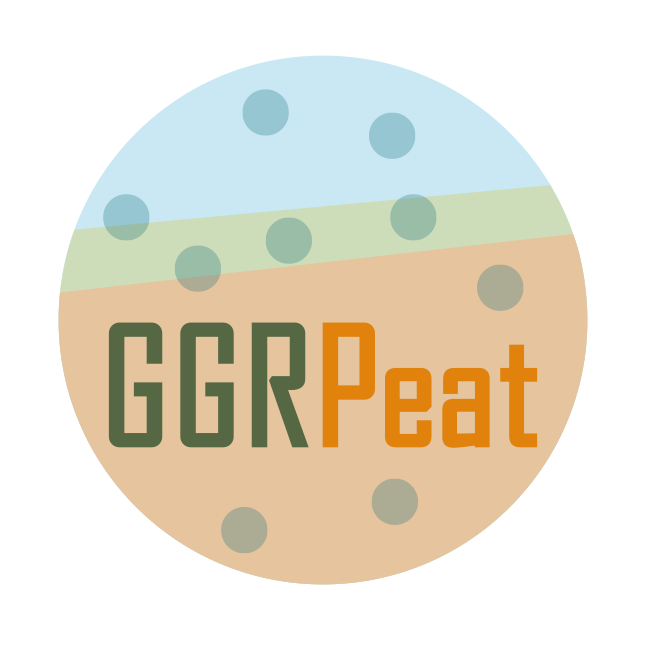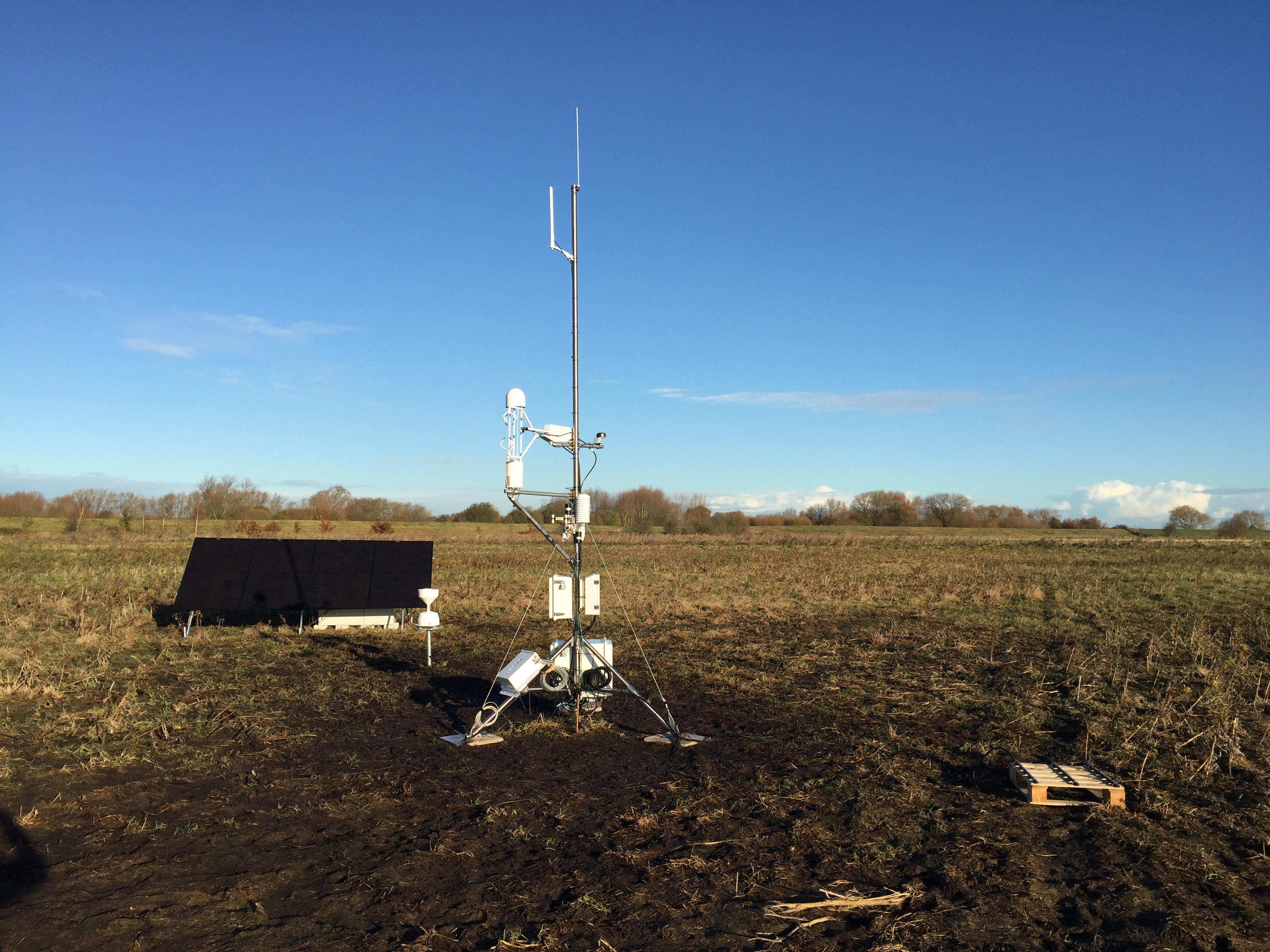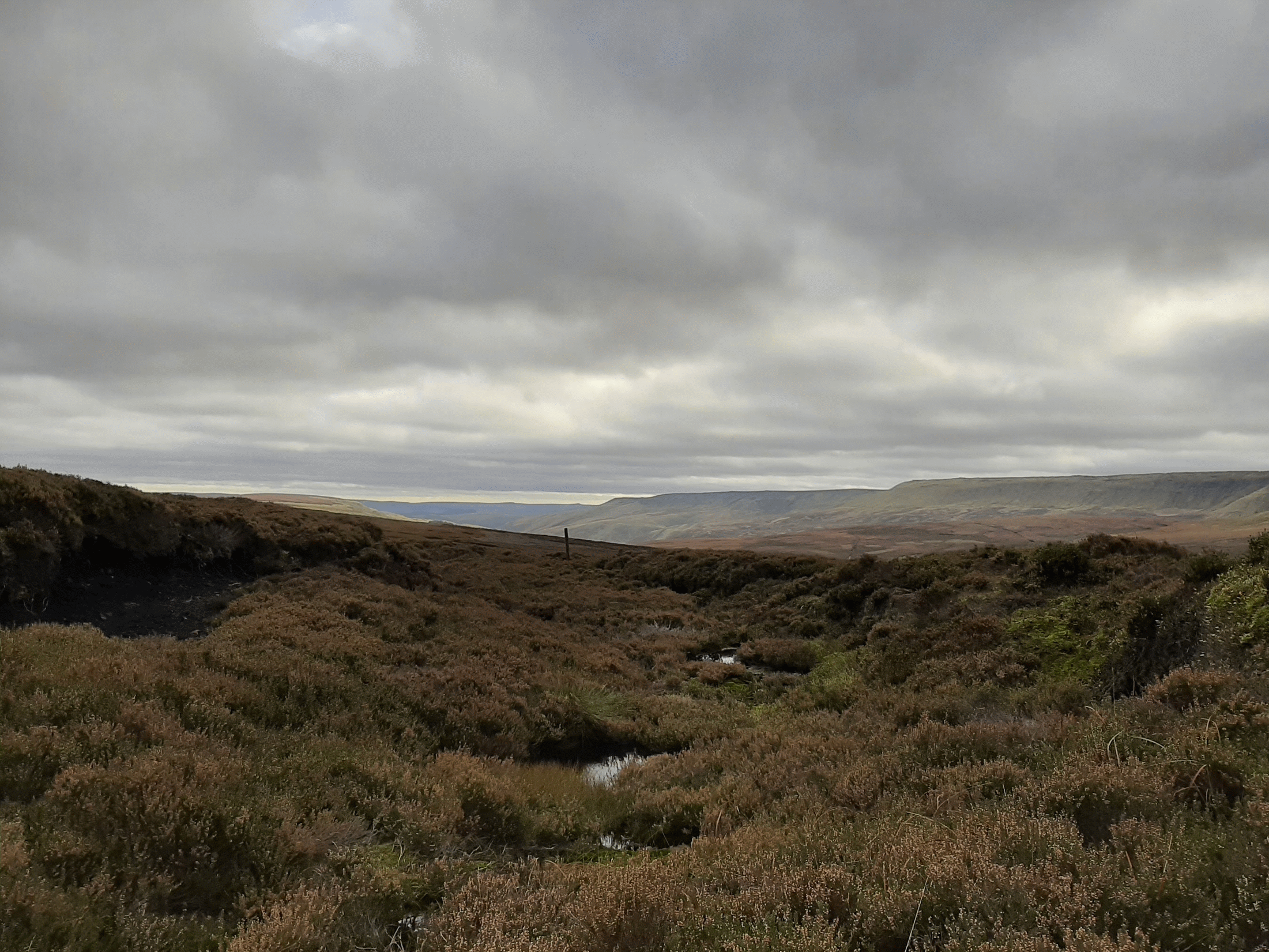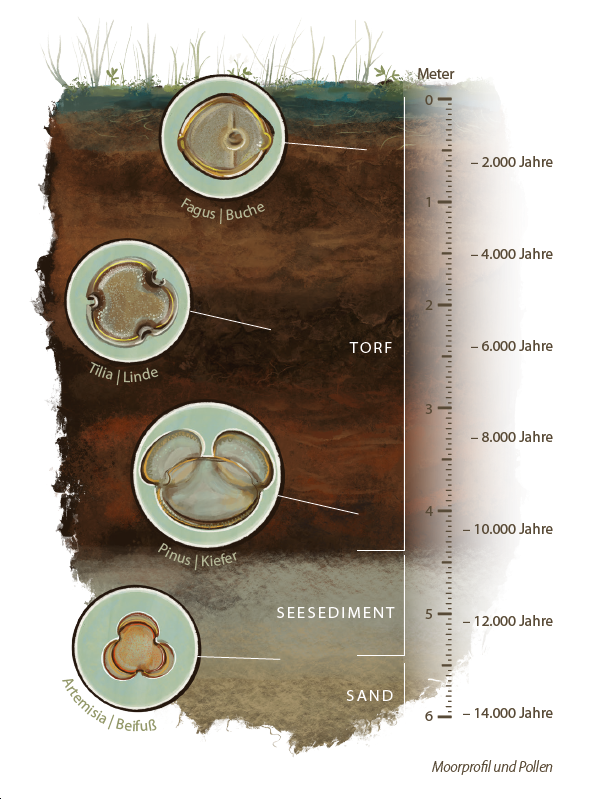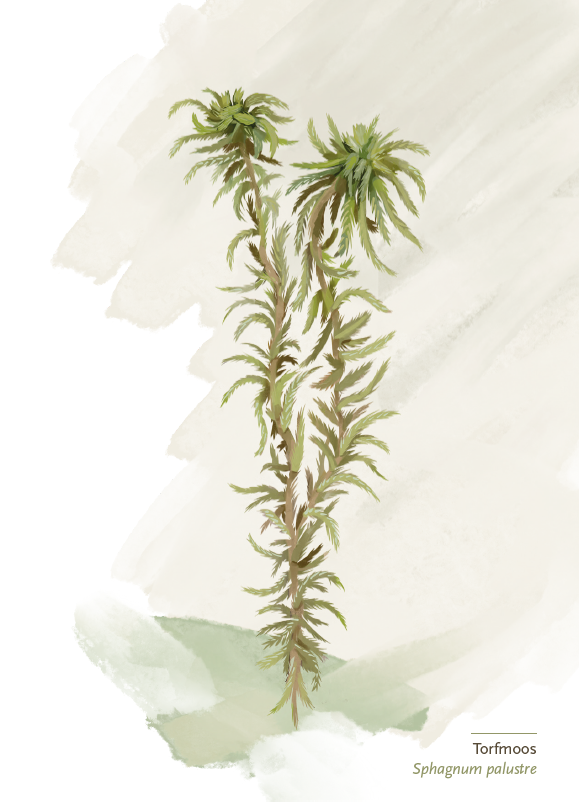Restoring the carbon-sink potential of peatlands
When it comes to ranking natural carbon sinks worldwide, whilst the rainforests might attract all the attention, the real unsung heroes are actually our peatlands. Peatlands store more carbon than any other terrestrial ecosystem, both in the UK and globally.
The bad news is that, as a result of human disturbance and degradation, these potentially valuable peatlands are rapidly losing their ability to store carbon and are releasing it into the atmosphere instead. This reversal means they are now contributing significantly to rising global greenhouse gas (GHG) emissions and accelerating climate change. In other words, one of our greatest global assets is fast turning into a major liability.
Peatlands are the most carbon-dense ecosystems on the planet, stable over millennia ...
This project is developing and refining sustainable peatland management practices to reverse the trend for peatland degradation that emits greenhouse gases. By restoring this vital habitat, we can directly remove greenhouse gases from the atmosphere and store – or sequester – it in the ground.
Wasted peatlands in England alone could store ~2000 Mt CO2e if we could return the land back to its pre-drainage levels ...
This process involves peat formation that results in Greenhouse Gas Removal (GGR), which allows peatland to build up to pre-industrialised levels and store more and more carbon in the soil each year. By developing practices to manage and restore peatland habitat, we can accelerate GGR at scale, for the UK and beyond.
A healthy peatland is hydrologically and ecologically stable, i.e. effectively a permanent carbon store ...
Peat in the Net Zero pathway accounting
Inclusion of 18.8 Mt CO2e yr-1 of peatland emissions in the 2019 inventory turned the land-use sector from a GHG sink into a GHG source in that accounting. Reducing peat emissions through restoration is an important component of the >CCC 6th Carbon Budget pathway to Net Zero, but the potential of peatlands to actually remove GHGs was assumed to be negligible. The project will help to address that.
Objectives and Method
The project's primary objective is to develop the practical pathways to transform degraded peatlands from the UK's largest land-derived Greenhouse Gas (GHG) emissions source, into one of the most efficient GHG Removal (GGR) systems. This will build on current restoration-focused policy and practice to augment and accelerate the processes that lead to CO2 removal through peat formation, and to minimise the offsetting impacts of methane and nitrous oxide emission.
The approach will combine and test 'nature-based' solutions such as high water level management, high-productivity wetland agriculture and accelerated Sphagnum re-establishment with geo-engineering solutions including biochar production and application, use of non-native biomass species and use of amendments for methane and nitrous oxide emission.
We are establishing large scale peat GGR demonstrator field sites in representative lowland and upland peat settings and will be working with local partners to test and demonstrate a range of alternative GGR approaches.
The project will undertake detailed assessments of environmental, social, economic and technical risks, barriers, co-benefits, trade-offs and opportunities, and work with a large set of project partners to co-develop pathways to the implementation of effective and sustainable peat GGR at a UK scale.
Our overarching goals (each linked to a work package) are:
- To demonstrate experimentally the capacity of innovative land-management to convert degraded UK peatlands into effective and secure long-term GGR systems.
- To quantify the direct and indirect benefits, costs and risks associated with peat GGR, including social and economic barriers, co-benefits and trade-offs.
- To develop sustainable technical, social, political and financial pathways to large-scale peat GGR.
Implementation of these new approaches to the 2.3 million hectares of degraded upland and lowland bog in the UK has the potential to remove significant quantities of Greenhouse Gases from the atmosphere, to secure carbon securely and permanently within a natural and biodiverse ecosystem, and thereby to help the UK to achieve its ambition of having net zero emissions by 2050.
